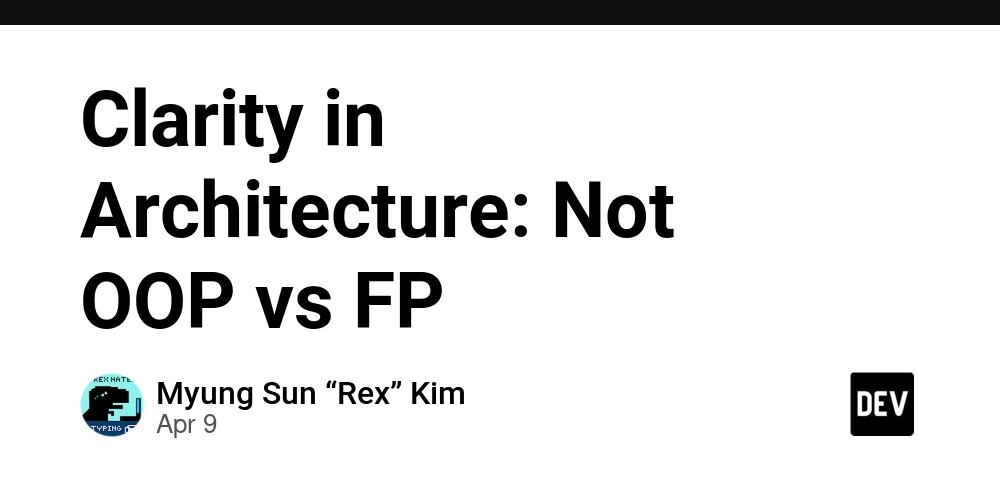Dev
2w
182

Image Credit: Dev
Clarity in Architecture: Not OOP vs FP
- The article discusses the importance of architectural clarity in software development, emphasizing the need for clear boundaries and reasoning in system design.
- It highlights that the debate should shift from OOP vs FP to focusing on practical boundaries and decision-making.
- Classes are recommended for coordinating shared logic, establishing clear lifecycles, and separating dependency construction from behavior.
- Internal state is deemed acceptable when owned by objects with clear lifecycles and behavior and should not leak into the system.
- Dependency Injection (DI) should be explicit to avoid global singletons, ensuring traceability and testability in the codebase.
- Functional principles such as immutability, composability, and isolation of effects are essential in software systems, even in the presence of necessary side effects.
- The series focuses on practical architectural patterns rather than blind loyalty to a specific paradigm, aiming to help developers make informed decisions for scalable and maintainable codebases.
- The upcoming parts of the series will delve into topics like when to use classes, avoiding unnecessary internal state, and maintaining a clear boundary between dependencies and behavior.
Read Full Article
10 Likes
For uninterrupted reading, download the app